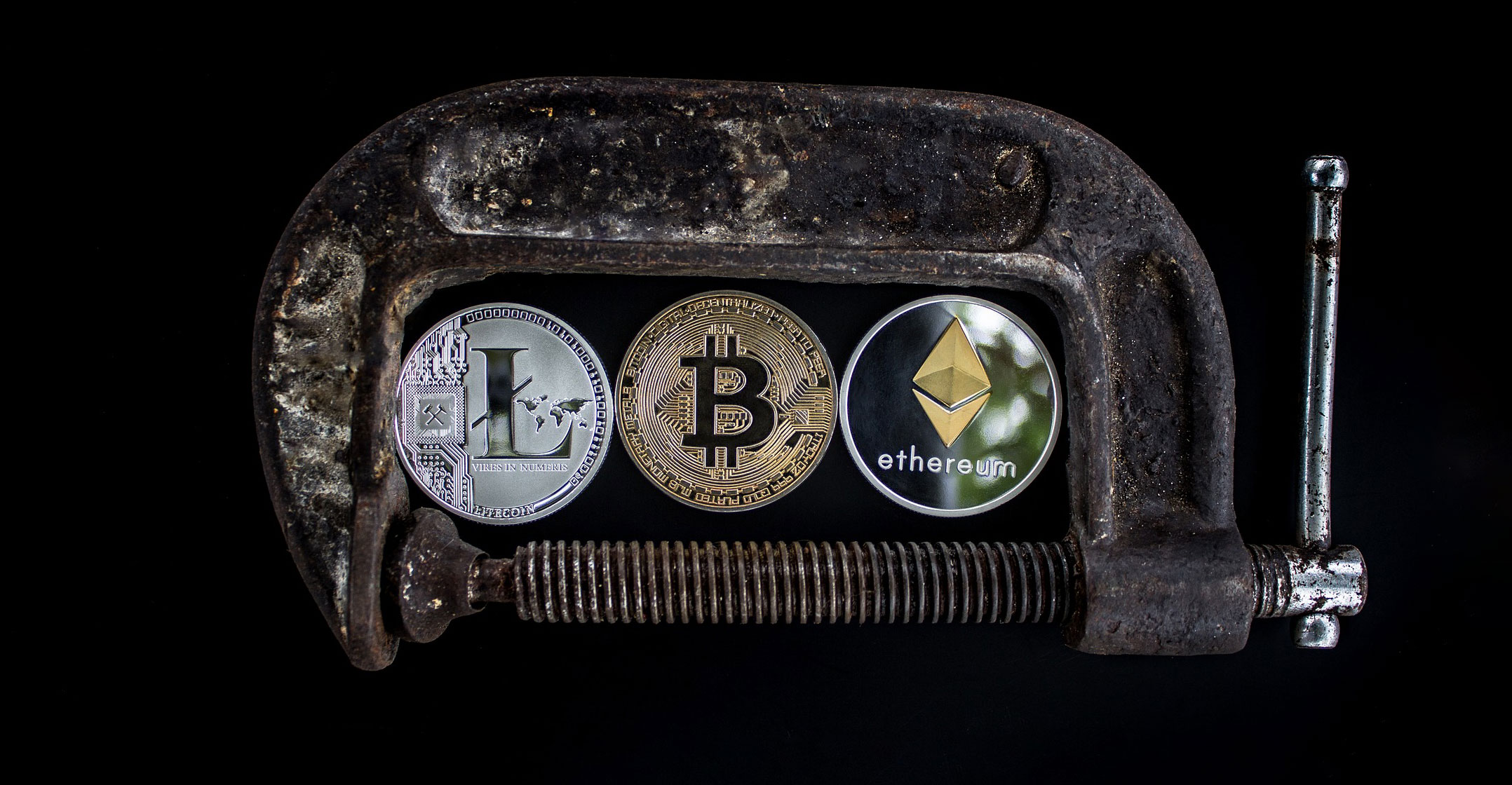
Harry Pokrandt spent the last year scouring the Earth for real estate with two main characteristics. He needed cold weather, to keep his computer servers cool, and cheap electricity, to keep them running 24 hours a day. Pokrandt’s company, Hive Blockchain Technologies, filled up a Cold War-era helicopter hangar in Sweden with servers, then constructed a building of its own in Norway and filled that one up, too.
Hive is one of the world’s most prominent crypto-mining operations, which means its servers solve equations to verify transactions for digital forms of money like bitcoin or ethereum. It began selling shares to the public on a Canadian stock exchange in September 2017, and used its expanding fortunes to buy out smaller competitors.
The sprint corresponded with an extraordinary run-up in cryptocurrency prices. The value of a single bitcoin increased about 20 times in 2017, and was worth nearly US$20 000 when the price peaked in December. Ethereum hit its high point of about $1 200 in January, up from less than $10 a year earlier. Now both cryptocurrencies have lost about two-thirds of their value.
The whiplash has Pokrandt wondering what else he might do with all these server farms. “Last fall (southern hemisphere spring), the margins in mining were so good that there wasn’t a lot of incentive to look for alternatives,” he said. But servers that once paid themselves off in months now won’t be profitable for two to three years if current conditions persist.
By some measures, miners are continuing to double down. The amount of worldwide computing power dedicated to mining continues to increase — although this is partially a reflection of facilities that were built during last year’s boom finally coming online. But Hive’s moves are an illustration that those tied up in cryptocurrencies are also looking for ways to hedge their bets.
Bitmain, the leading producer of specialised chips for bitcoin mining, has been developing chips tailored towards artificial intelligence as well. People who thought they could set up servers in their basement and mine their way to a small fortune have largely backed off, said David Kwan, an analyst at Pi Financial who tracks cryptocurrency companies. Smaller miners have begun to look for clients in video processing and artificial intelligence. “It is a potential market,” said Kwan. “I haven’t seen anyone actually do it.”
Alternatives to mining
There is plenty of demand for data centres that do things other than run the complex maths needed to create new bitcoins. There’s increasing need for servers that can run data-hungry artificial intelligence applications, stream video, process graphics for video games, and do gene sequencing.
But cryptocurrency mining facilities were set up to burn through immense amounts of power while accomplishing a single, arcane task. How easy it’ll be to pivot varies depends on the specific type of mining they handle. Most bitcoin miners now use specialised chips known as application-specific integrated circuits, or ASICs, whose purpose has been implanted into the silicon itself. This makes them more efficient at mining bitcoin, but not readily converted to other uses. On average, bitcoin mining would become unprofitable if the price reaches $5 000, according to Mosaic, a research firm. As of Monday, the price of bitcoin was hovering around $6 600.
Ethereum miners, by contrast, use graphic processing units, or GPUs. “They’re what a kid would use for gaming,” said Pokrandt. Most of Hive’s servers use GPUs, and Pokrandt said he’s been exploring how it could take on clients looking for computing power. Theoretically, the company could toggle between options based on whatever was most profitable at any given moment, although it will be tricky to do so efficiently. Pokrandt said he’s still bullish on the long-term prospects for cryptocurrencies and has no plans to abandon mining altogether. As the sheen has worn off cryptocurrencies, there’s disagreement about whether the come-down of the last few months is a period of growing pains or proof that it’s been a boondoggle all along.
Optimists argue that miners diverting their computers to other uses was part of the plan all along. Sure, many people were drawn to cryptocurrencies by the promise of sudden, obscene wealth. But others saw the creation of a sprawling, independently run system of computing processing power as the entire point at a time when a few huge corporations have increasingly corned the market for such services.
“The hype was a bad thing. But it was a good thing, too. Now there are all these data centres, and people saying, ‘What can we do with this stuff?’” said Shidan Gouran, CEO of Global Blockchain Technologies, a company that invests in cryptocurrency businesses. “The eventual goal is that it’s not just mining. Mining is just done when there’s nothing better to do.” — Reported by Joshua Brustein, (c) 2018 Bloomberg LP




